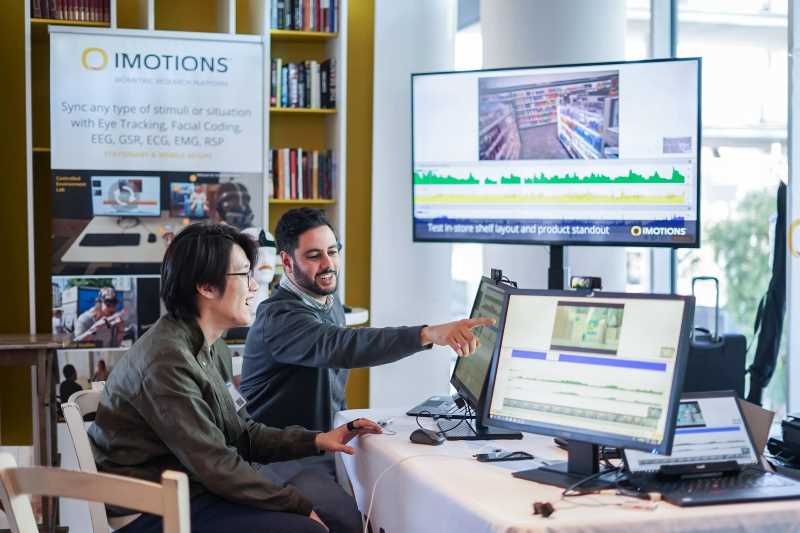This study explores consumers’ reactions and responses to calorie labelling of restaurant menus. A convenience sample of 36 participants aged 18 and older, who dine out at least monthly, engaged with menus using eye-tracking technology to measure involuntary attention. Participants visited the lab twice: first with a menu without calorie labelling and, at least two weeks later, with the same menu including calorie information. After each session, follow-up interviews explored the reasons behind attention, reactions, and food choices. Results revealed that while some subconscious attention to calorie information was detected through eye-tracking, many participants did not consciously notice it. Even those who saw calorie information rarely used it to inform choices, with calorie reductions failing to reach statistical significance. Choices were primarily driven by enjoyment and dietary restrictions. These findings suggest calorie labelling may have limited effectiveness in occasional social dining contexts and interventions should target regular dining venues instead.
Related Posts
-

Your Menu Is Your Most Powerful Marketing Asset
Consumer Insights
-

Measuring Pain: Advancing The Understanding Of Pain Measurement Through Multimodal Assessment
Ergonomics
-

Feeling at Home: How to Design a Space Where the Brain can Relax
Ergonomics
-

Why Dial Testing Alone Isn’t Enough in Media Testing – How to Build on It for Better Results
Consumer Insights



